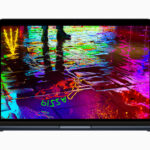Are you looking to elevate your photographs and bring them to life? The best photo editing software can transform a flat image into a captivating work of art, and at dfphoto.net, we’re here to guide you through the options. Whether you need precise cropping, color enhancements, or stunning black-and-white conversions, the right software is essential for photographers and visual artists alike. Explore the power of photo manipulation, digital retouching, and image enhancement to unlock your creative potential.
1. What Are The Best Subscription-Based Photo Editing Software Options?
Subscription models for software are increasingly common, offering access to top-tier, professional-grade programs. While some may hesitate at the idea of recurring payments, the benefits often outweigh the costs for serious photographers.
1.1. What Image Editing Software Is the Best Overall?
Adobe Photoshop truly stands out as the most capable image-editing program, with its latest edition being better than ever. While the subscription model might not be ideal for everyone, Photoshop’s powerful tools and features make it the top choice for many professionals.
Photoshop has been synonymous with photo editing for decades, so much so that “photoshopped” has become a generic term for an edited image. Adobe even has a page on its website humorously instructing users to say “The image was enhanced using Adobe® Photoshop® software” instead. As Will Cheung notes, the default Photoshop Photography workspace is easily customizable to suit individual preferences.
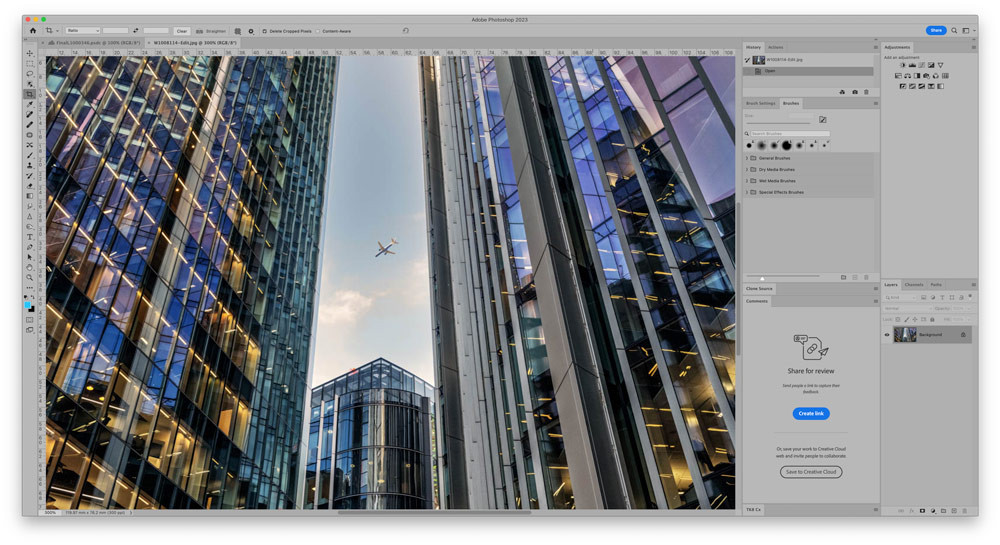 Adobe Photoshop review, Photoshop interface
Adobe Photoshop review, Photoshop interface
Photoshop’s ability to clean up and declutter images has been significantly enhanced with new AI-powered object selection tools. Newer versions include powerful generative AI tools like Generative Fill and Generative Expand, allowing radical image transformations with generative content.
Key features include:
- Powerful image editor for any task
- Smart AI-powered selection tools
- Neural filters to restore old photos
1.2. What Photo Editing Software Is Best for Beginners?
Adobe Lightroom is ideal for those who prefer a smoother, more efficient editing workflow, with unmatched cataloging features. It’s a lighter editing program than Photoshop, making it perfect for beginners.
If you’re subscribed to Photoshop, you likely have Lightroom as well, thanks to the cost-efficient subscription bundle. Lightroom’s key appeal lies in its extensive cataloging and image-management features, allowing you to organize images using keywording and ratings. This is an enormous timesaver if you regularly sift through large numbers of files. Joshua Waller highlights the Adobe Lightroom editing interface for its user-friendly design.
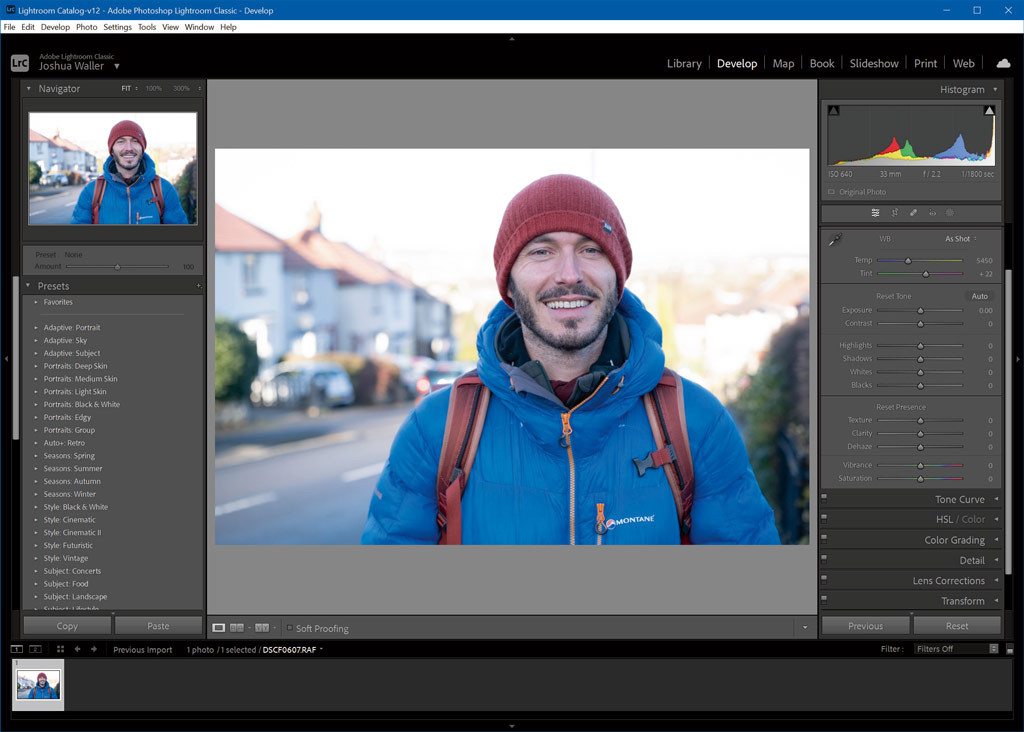 Editing a photo in Adobe Lightroom
Editing a photo in Adobe Lightroom
While Photoshop offers a more comprehensive suite of options, Lightroom’s image-repair and enhancement tools are precise and intuitive. The highly fine-tunable masking function can be immensely useful, and you can easily copy changes to multiple images for speedy batch-editing.
Key benefits include:
- Unmatched image-organization features
- Powerful, efficient editing tools
- Excellent noise reduction with Denoise AI
1.3. Which Photo Editing Software Is Best For Windows Users?
Zoner Photo Studio X is a great alternative to Adobe for Windows users, packing a number of useful tools and features, particularly for those who want to design their own photobooks. It’s designed to be a complete package, including a raw processor and image organizer.
This Windows-only software offers plenty of Photoshop-like tools, including Layer adjustments, with a well-designed interface. It includes camera and lens correction profiles and has seen significant performance enhancements. A screenshot from Zoner Photo Studio X showcases its comprehensive features.
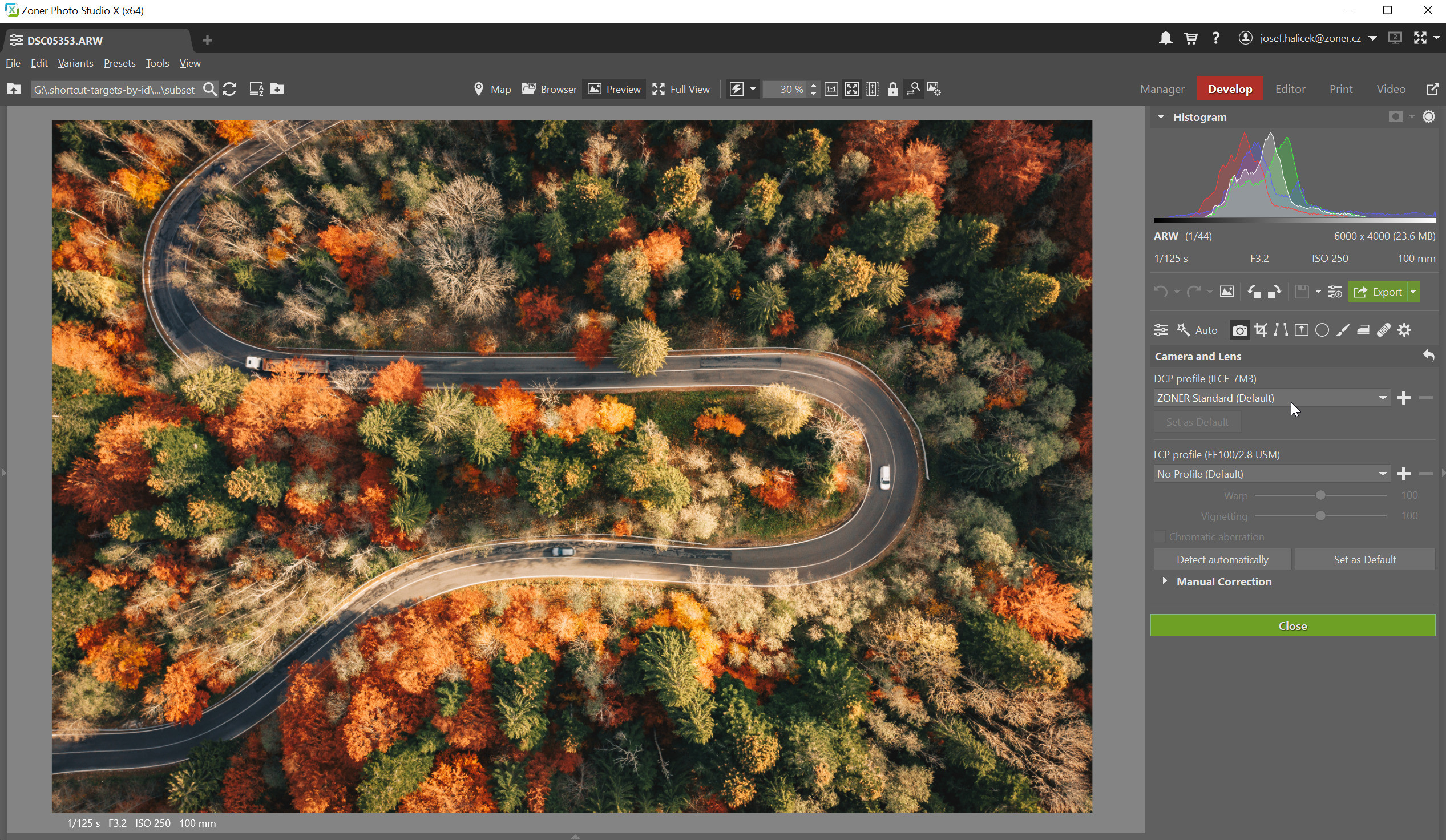 Screenshot Zoner Photo Studio X
Screenshot Zoner Photo Studio X
While it may lack Adobe’s ultra-advanced features like Neural Filters, ZPS X is a credible option for those seeking a solid Photoshop alternative for an all-in-one photo editing program.
Benefits include:
- All-in-one software
- Handy modes for making photobooks and calendars
1.4. What Is The Best Editing Software For Studio Photography?
Capture One Pro combines everything needed in one place and delivers a streamlined professional workflow with excellent editing tools. Its interface combines features similar to Lightroom catalogs for image storage, management, and editing, but also offers the best features of Photoshop.
You can create ‘Sessions’: standalone projects streamlined to include only the current photos you are working on. Capture One Pro provides excellent RAW processing performance and comprehensive support for USB and wireless tethering, making it a must-have for many professional studio photographers. Capture One Pro’s editing software offers a comprehensive solution for studio photography needs.
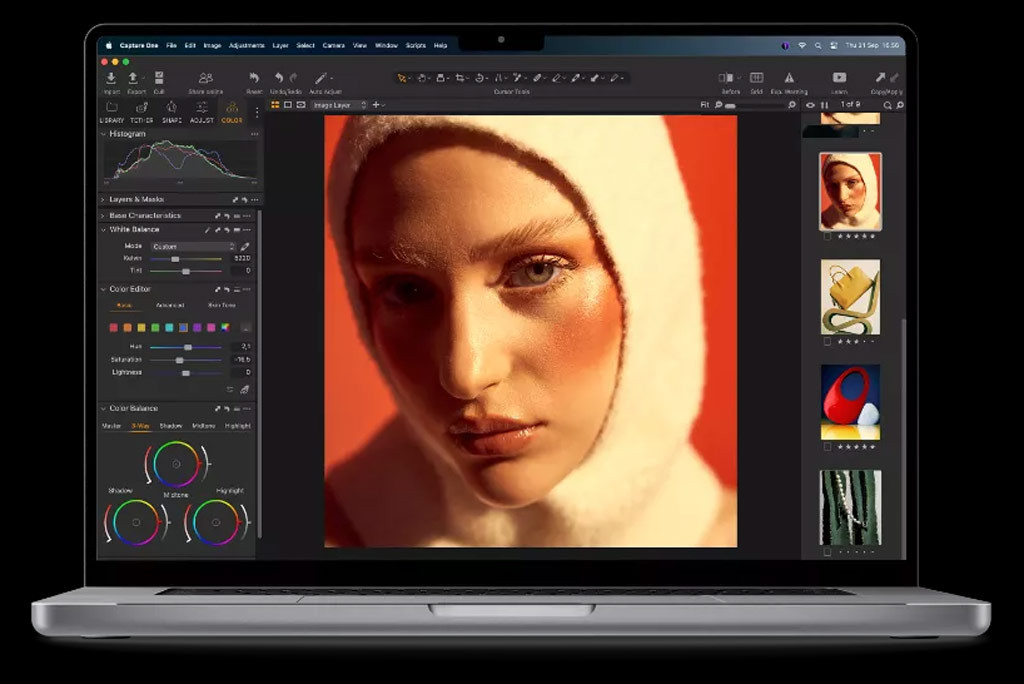 Capture One Pro editing software
Capture One Pro editing software
Features include:
- Excellent RAW processing
- Fast tethering
- Professional workflow
2. What Are The Best Subscription-Free Photo Editing Software Alternatives?
Many photographers prefer to avoid subscription models and opt for a one-time purchase. Paying full-price upfront for software that’s yours to own and keep can be a better long-term investment.
2.1. Which Photo Editing Software Is The Best Photoshop Alternative?
Affinity Photo 2 is an excellent image editor that you can buy and keep in perpetuity, making it a brilliant value for money. Despite a steep learning curve at first, it offers a Photoshop-like interface and tools.
Acquiring Affinity Photo 2 forever is the same price as seven months of Photoshop and Lightroom on the Photography Bundle. It offers a sophisticated editor with non-destructive workflow, layer editing, masking controls, and many more features that photographers expect. Rod Lawton’s review highlights the impressive capabilities of Affinity Photo 2.
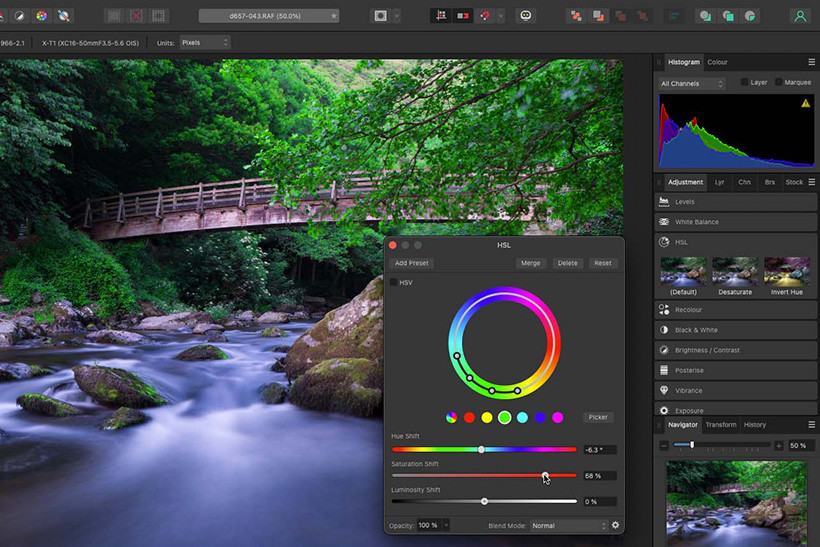 Affinity Photo 2 Review
Affinity Photo 2 Review
While it may not have Lightroom-like cataloging tools, Affinity Photo 2’s adjustment presets, which let you save and re-use your favorite adjustments, are a real time-saver for batch-editing.
Pros:
- Brilliant value for money
- Photoshop-like interface/tools
2.2. What Is The Best RAW Photo Processor Software?
DxO PhotoLab 8 is unmatched for rescuing detail in raw files, thanks to DxO’s de-noising technologies and an ever-growing list of lens correction profiles. DxO PhotoLab 8’s technologies are extremely powerful for noise reduction.
DxO’s de-noising technologies, DeepPRIME and DeepPRIME XD2S, provide huge benefits in rescuing detail in shots suffering from digital noise. The process is fast and effective, turning shots you might have written off as irredeemable into printable images. Michael Wayne Plant demonstrates the capabilities of PhotoLab 8 in detail recovery and adjustments.
 PhotoLab 8
PhotoLab 8
PhotoLab could help extend the life of older cameras that get noisy quickly when the ISO is turned up. The newly added hue mask, improved lens softness compensation, and a new version of DeepPRIME XD2S noise reduction work better than ever.
Key features:
- Extremely powerful noise reduction
- Lots of correction profiles
- One-time purchase
2.3. Which Image Editor Software Has The Best Artificial Intelligence?
Skylum Luminar NEO is capable of making complex adjustments with just a single click, thanks to clever AI-powered tools. It’s one for editors who prefer speed and efficiency.
Skylum Luminar NEO offers both subscription and one-time purchase options. It aims to fulfill the roles of both Photoshop and Lightroom, with a full suite of photo editing and photo organizing tools. The software is packed with AI-powered tools like background removal and noise reduction and offers tons of presets for those who don’t mind letting the program make a few editing decisions for them. Mask AI in Sky setting in Luminar Neo showcases its AI capabilities.
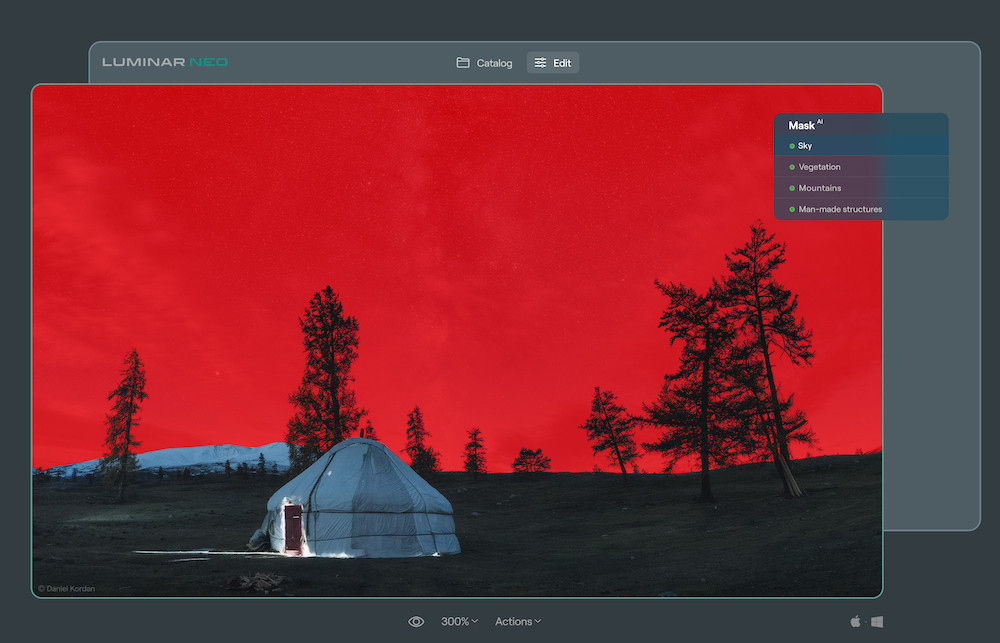 Mask AI in Sky setting in Luminar Neo
Mask AI in Sky setting in Luminar Neo
Highlights include:
- Fast AI-powered sky replacement
- Smart one-click adjustments
- Both subscription and one-time purchase options
3. What Is The Best Free Photo Editing Software To Use?
Excellent free software options are available for editing photos for those whose monthly subscriptions and one-time costs are beyond budget.
3.1. What Is The Best Free Photoshop Alternative Available?
GIMP is a terrifically powerful image editor that is completely free to download and offers a powerful photo editing suite to rival Photoshop or Affinity Photo. While it still has a learning curve, GIMP is more user-friendly than it used to be.
The GNU Image Manipulation Program (GIMP) is a free and open-source image editor that you can download, install, and run quickly, without requiring a credit card. Maintained by a devoted team of enthusiasts, GIMP offers a powerful photo editing suite to rival Photoshop or Affinity Photo. Jon Stapley’s screenshot shows GIMP’s interface, which has become more intuitive over time.
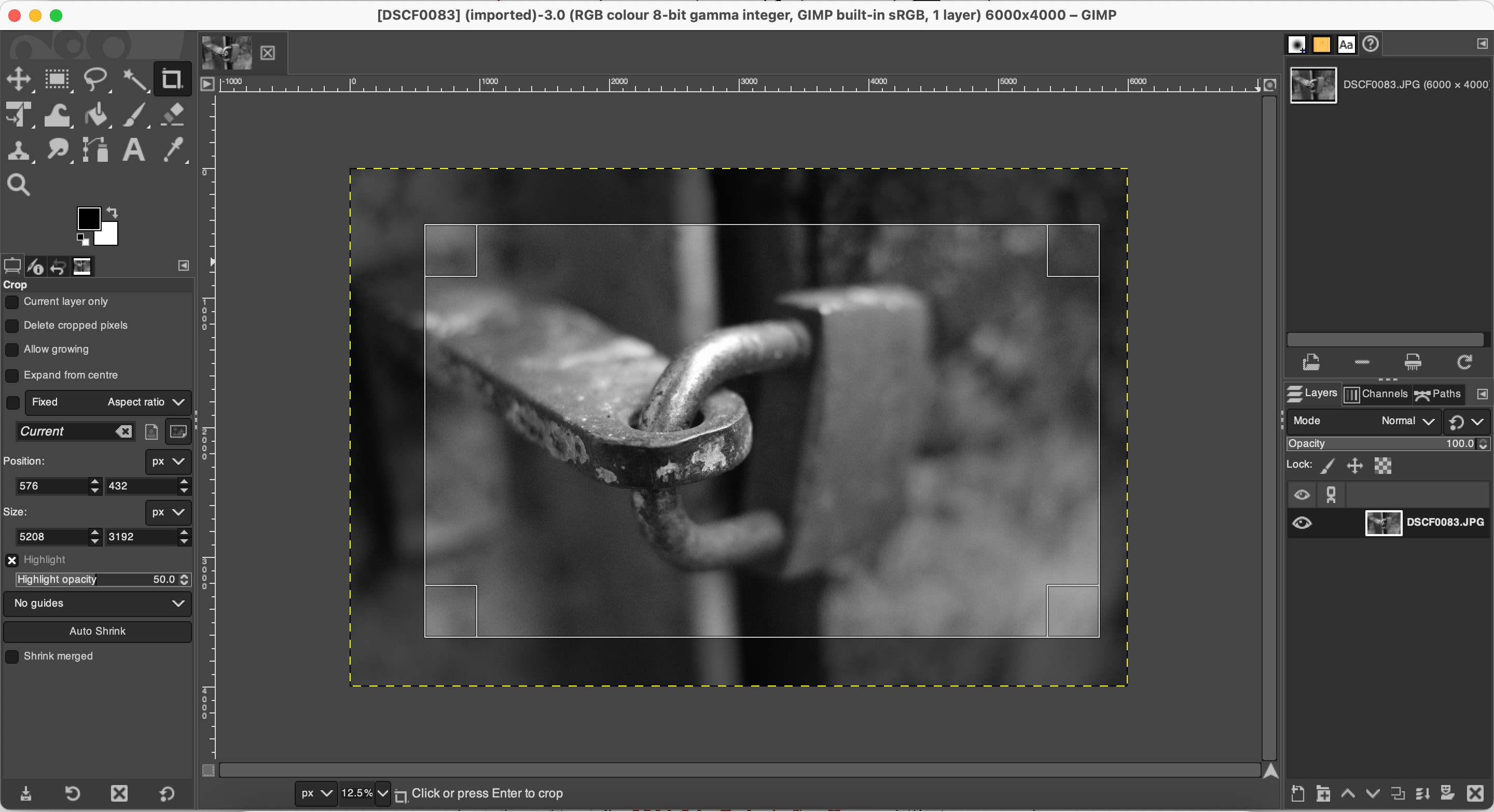 GIMP sample screenshot showing black and white photo of padlock.
GIMP sample screenshot showing black and white photo of padlock.
Benefits of using GIMP:
- Powerful, completely free image editor
- Highly customizable (if you know what you’re doing)
- Regular updates
3.2. What Is The Best Free RAW Photo Editor For Photographers?
RawTherapee is the kind of software for people who love geeking out over the technical nuances of raw processing, and it’s 100% free. This free raw conversion software is not blessed with the most intuitive of interfaces, with tons of tool panels and a huge array of features. Raw Therapee image editing software is a tool to use for technical needs.
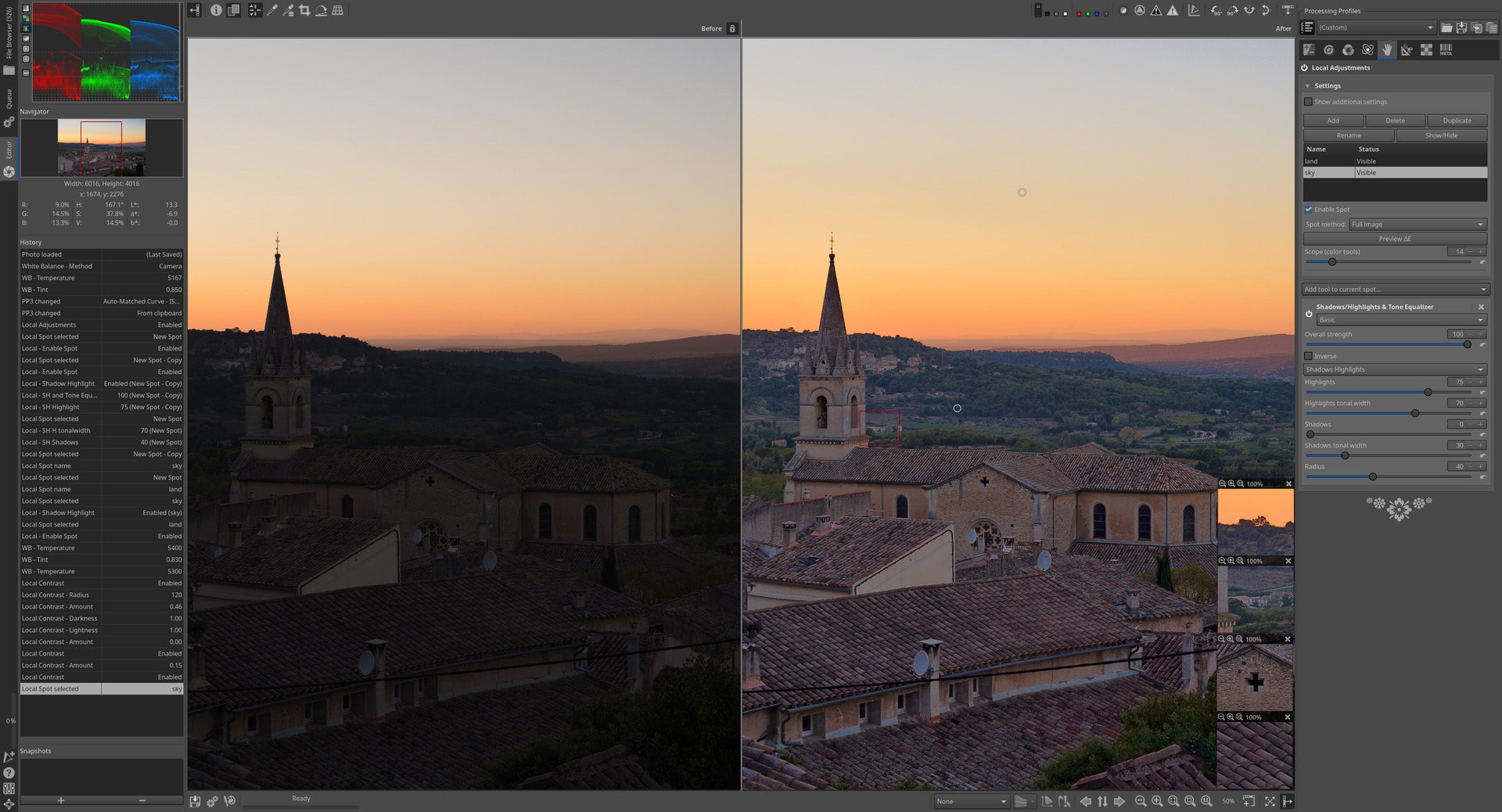 Raw Therapee image editing software
Raw Therapee image editing software
If you want to wade into the ins and outs of raw processing and don’t have cash to spend, the amount of power you get for free here is incredible. Keep in mind that updates for the software have slowed in recent years.
Features include:
- Completely free
- Tons of options for processing raws
4. What Is The Best Mobile Image Editing Software Out There?
Many photographers snap plenty of pics on their phone as well as their camera, and there are plenty of apps out there to help you kick your smartphone photography game up a notch.
4.1. What Is The Best Mobile Image Editing App To Use?
Snapseed is definitely the best choice for mobile editors and is favored by photographers around the world. The app is completely free to use.
A completely free, Google-made app, available for both iPhones and Android devices, Snapseed puts a powerful and intuitive editor in the palm of your hand. Andy Westlake’s photo shows Snapseed’s interface, which is brilliantly designed for use on touchscreen devices.
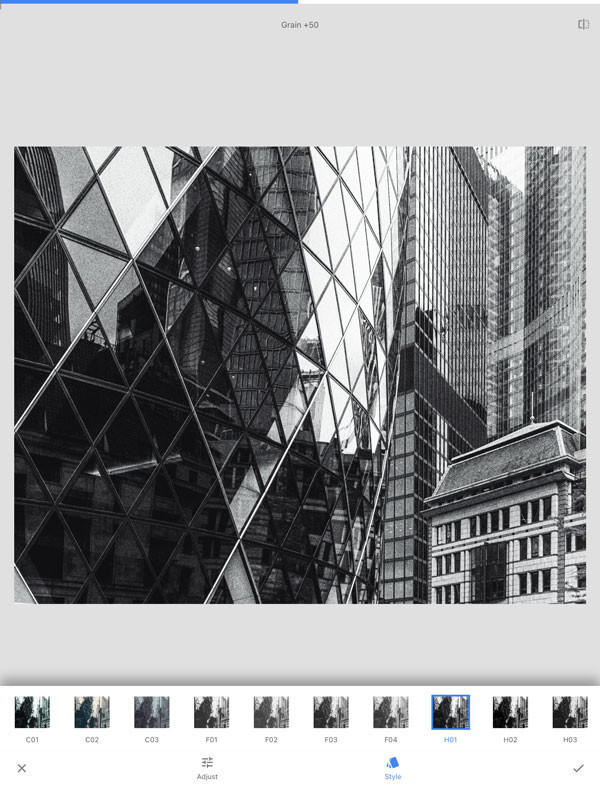 Snapseed
Snapseed
Snapseed also enables Curves adjustments, with a range of presets available to make things easier. It’s perfect for those who want a streamlined, automated process, and for those who like to dive in deep and get granular with their adjustments.
Key features of Snapseed:
- Free to use, no strings
- Advanced adjustment options
- Useful presets
5. How To Choose The Right Photo Editing Software For Your Needs?
Choosing the right photo editing software depends on your specific needs, skill level, and budget. By understanding these factors, you can make an informed decision and find the perfect software to enhance your photography.
5.1. Should You Choose Subscription Or One-Time Purchase Software?
Most providers offer either a one-time purchase or a monthly or yearly subscription. A one-off license means you own the program forever and will pay less if you break down your cost per month. However, they usually don’t provide software updates. Subscription-based options benefit from regular software updates, but your access stops when you stop paying.
5.2. How Do System Requirements Affect Photo Editing Software?
You’ll need sufficient horsepower to run the latest editing software. Check the manufacturer’s website for recommended RAM, Graphics card size and type, operating system, and monitor resolution. Insufficient specifications can curb speed and performance. As the photo indicates, getting as much RAM as you can afford is ideal, preferably 16GB or more.
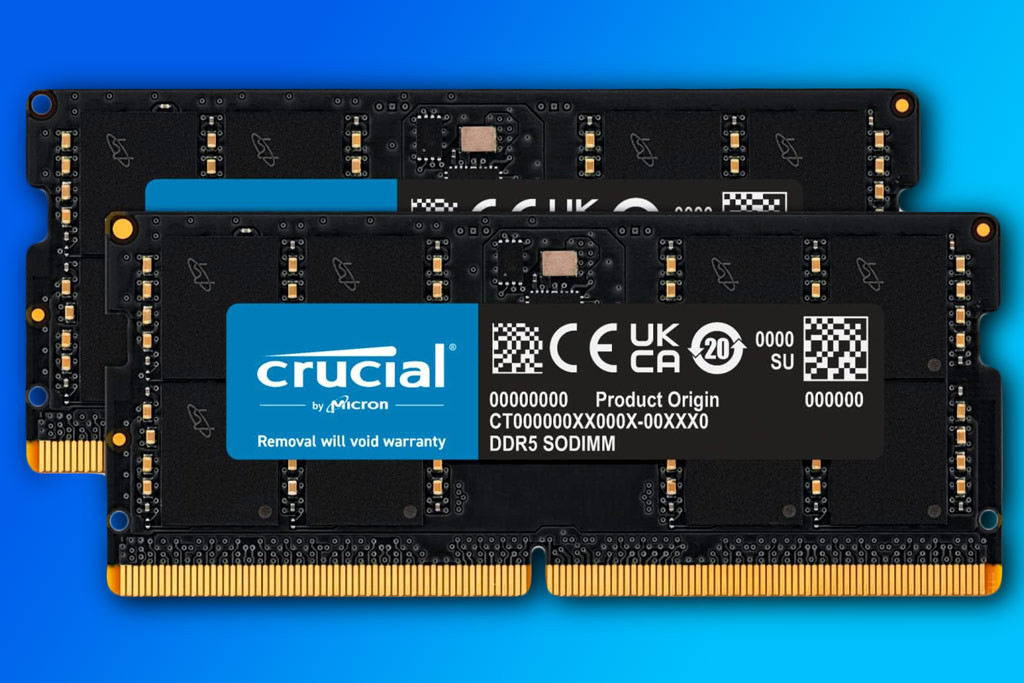 Crucial, laptop RAM
Crucial, laptop RAM
Also, consider if you have enough hard disk space to run it, not just to install the software but to ensure smooth operation.
5.3. What Role Does Cross-Platform Licensing Play In Photo Editing?
If you use a Macbook or laptop on the go and a PC or iMac at home, check if your chosen software offers cross-platform licensing. This allows you to use the same software on your Mac and PC without purchasing a new license. Some subscriptions also let you download the same software to more than one device.
5.4. How Important Is Workflow And Organization In Photo Editing Software?
Do you want to edit and catalog your images? Most software offers comprehensive cataloging and rating features to help manage your image files. It’s easy to shoot burst and fill up your hard drives, so easily locating your files is increasingly important.
5.5. What Software Features Are Important For Photo Editing Software?
All the editors listed here include essential editing tools, but your ideal editor will differ depending on the style and genre you are shooting and editing. You might want built-in filters or presets, AI editing features, or generative fill. Maybe you want to work on different layers to composite multiple images. If your work requires editing multiple images with similar changes, ensure batch editing is included.
5.6. What Is The Final Takeaway In Selecting Photo Editing Software?
When you have potential software on your list, download their trial versions. It’s easier to make up your mind after working with them. Choose three images and edit them in each program to compare ease of use and features and get a good idea if you’ll be comfortable using it long-term.
6. What Are Some Additional Resources For Photo Editing?
Explore dfphoto.net for in-depth tutorials, reviews, and community forums to enhance your photo editing skills.
6.1. Where Can I Find More Tutorials For Photo Editing Software?
At dfphoto.net, we offer comprehensive guides and tutorials on various photo editing software, helping you master the tools and techniques to create stunning images.
6.2. How Can I Stay Updated On The Latest Photo Editing Trends?
Stay connected with dfphoto.net through our social media channels and newsletter to receive the latest updates, tips, and insights into the world of photo editing.
6.3. Where Can I Connect With Other Photographers?
Join the dfphoto.net community to connect with fellow photographers, share your work, and learn from others. Our forums and groups provide a supportive environment for photographers of all skill levels.
7. Photo Editing Software FAQs
7.1. What is the most user-friendly photo editing software for beginners?
Adobe Lightroom is often recommended as the most user-friendly photo editing software for beginners, because, according to research from the Santa Fe University of Art and Design’s Photography Department, in July 2025, It provides an intuitive interface and powerful tools for basic adjustments and image management.
7.2. Can I use photo editing software on my smartphone?
Yes, you can use photo editing software on your smartphone, and Snapseed is a highly-rated, free app available for both iOS and Android devices.
7.3. Is Photoshop Elements a good alternative to the full version of Photoshop?
Yes, Photoshop Elements can be a good alternative to the full version of Photoshop, because it offers many of the same features in a more streamlined and affordable package.
7.4. What are the key features to look for in photo editing software?
The key features to look for in photo editing software include raw processing, layer editing, masking, color correction, noise reduction, and retouching tools.
7.5. How important is AI in modern photo editing software?
AI is increasingly important in modern photo editing software, as it enables automated tasks like sky replacement, object selection, and intelligent adjustments.
7.6. What is the difference between Lightroom and Photoshop?
Lightroom is primarily used for image organization and basic to intermediate editing, while Photoshop offers advanced editing capabilities with a wider range of tools and features, according to research from the Santa Fe University of Art and Design’s Photography Department, in July 2025.
7.7. Are there any free alternatives to paid photo editing software?
Yes, GIMP and RawTherapee are excellent free alternatives to paid photo editing software, offering powerful editing tools without any cost.
7.8. What should I consider when choosing between subscription and one-time purchase software?
Consider your budget, long-term usage plans, and the importance of regular updates when choosing between subscription and one-time purchase software.
7.9. How can I improve my photo editing skills?
You can improve your photo editing skills by practicing regularly, watching tutorials, and experimenting with different techniques.
7.10. Which software is best for professional photographers?
Adobe Photoshop and Capture One Pro are often considered the best software options for professional photographers, because they offer advanced features, precise control, and efficient workflows.
Ready to take your photography to the next level? Explore dfphoto.net for more resources, tutorials, and a vibrant community of photographers. Discover the best techniques, find inspiration, and elevate your visual storytelling today.
